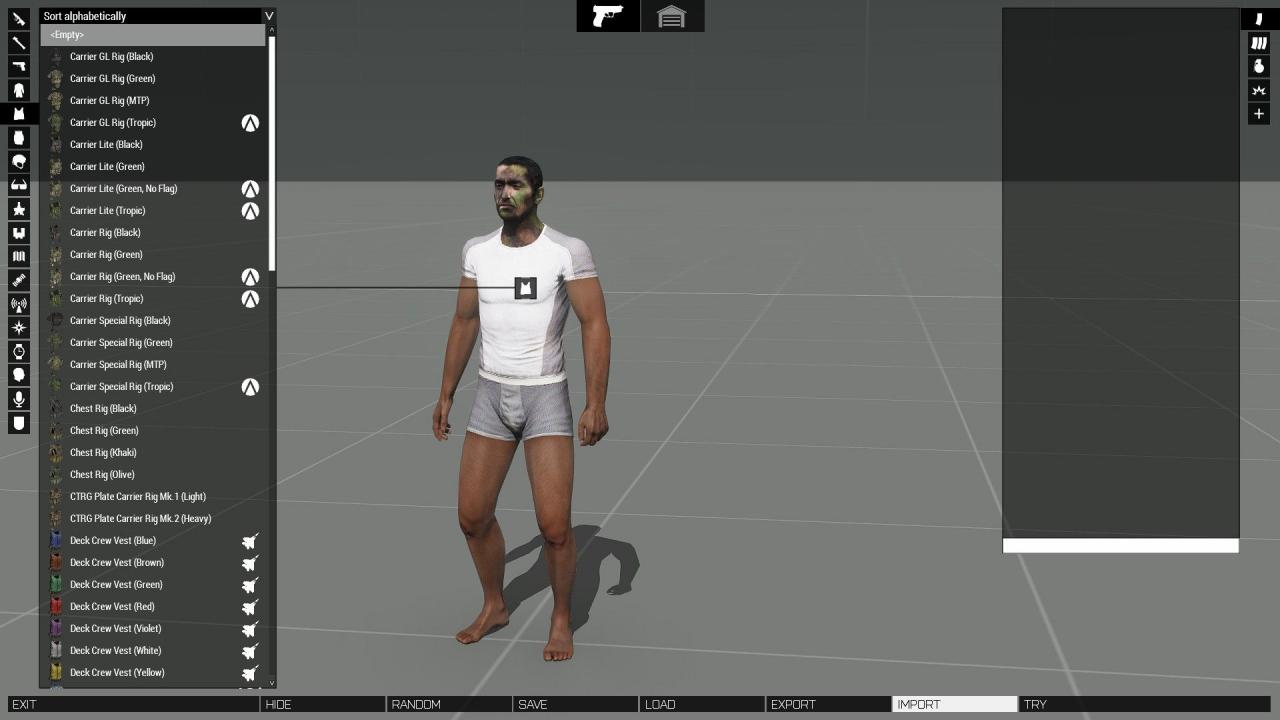

Due to this limitation, it was intended for short range use, 1–4 yards (1–4 m). 45 ACP pistol cartridge from an unrifled barrel. It had just 23 largely stamped and turned steel parts that were cheap and easy to manufacture. The FP-45 was a crude, single-shot pistol designed to be cheaply and quickly mass-produced.

The operating instructions distributed with the FP-45 The Liberator project took about six months from conception to the end of production with about 11 weeks of actual manufacturing time, done by 300 workers. The Guide Lamp Division plant in Anderson, Indiana assembled a million of these guns. The original engineering drawings labeled the barrel as "tube", the trigger as "yoke", the firing pin as "control rod", and the trigger guard as "spanner". This was done to disguise the fact that a pistol was being mass-produced. The army designated the weapon the Flare Projector Caliber. Production was undertaken by General Motors Guide Lamp Division to avoid conflicting priorities with Inland Division production of the M1 carbine. The project was assigned to the US Army Joint Psychological Warfare Committee and was designed for the United States Army two months later by George Hyde of the Inland Manufacturing Division of the General Motors Corporation in Dayton, Ohio. The concept was suggested by a Polish military attaché in March 1942. Few FP-45 pistols were distributed as intended, and most were destroyed by Allied forces after the war. The Liberator was never issued to American or other Allied troops, and there are few documented instances of the weapon being used for its intended purpose though the intended recipients, irregulars and resistance fighters, rarely kept detailed records due to the inherent risks if the records were captured by the enemy.

The FP-45 Liberator is a pistol manufactured by the United States military during World War II for use by resistance forces in occupied territories. Guide Lamp Division of General Motors Corporation Dropped into occupied territories for use by insurgents


 0 kommentar(er)
0 kommentar(er)
